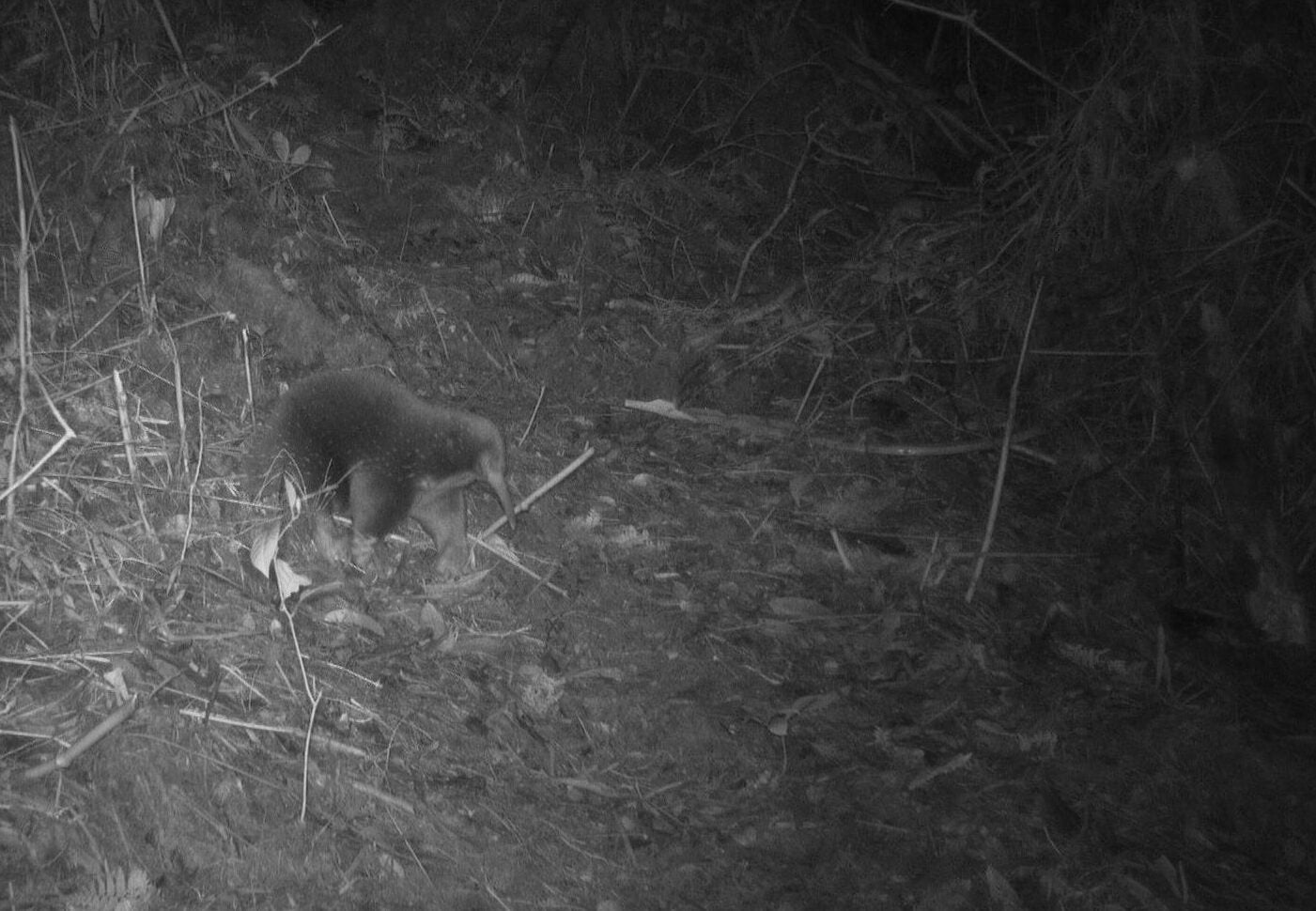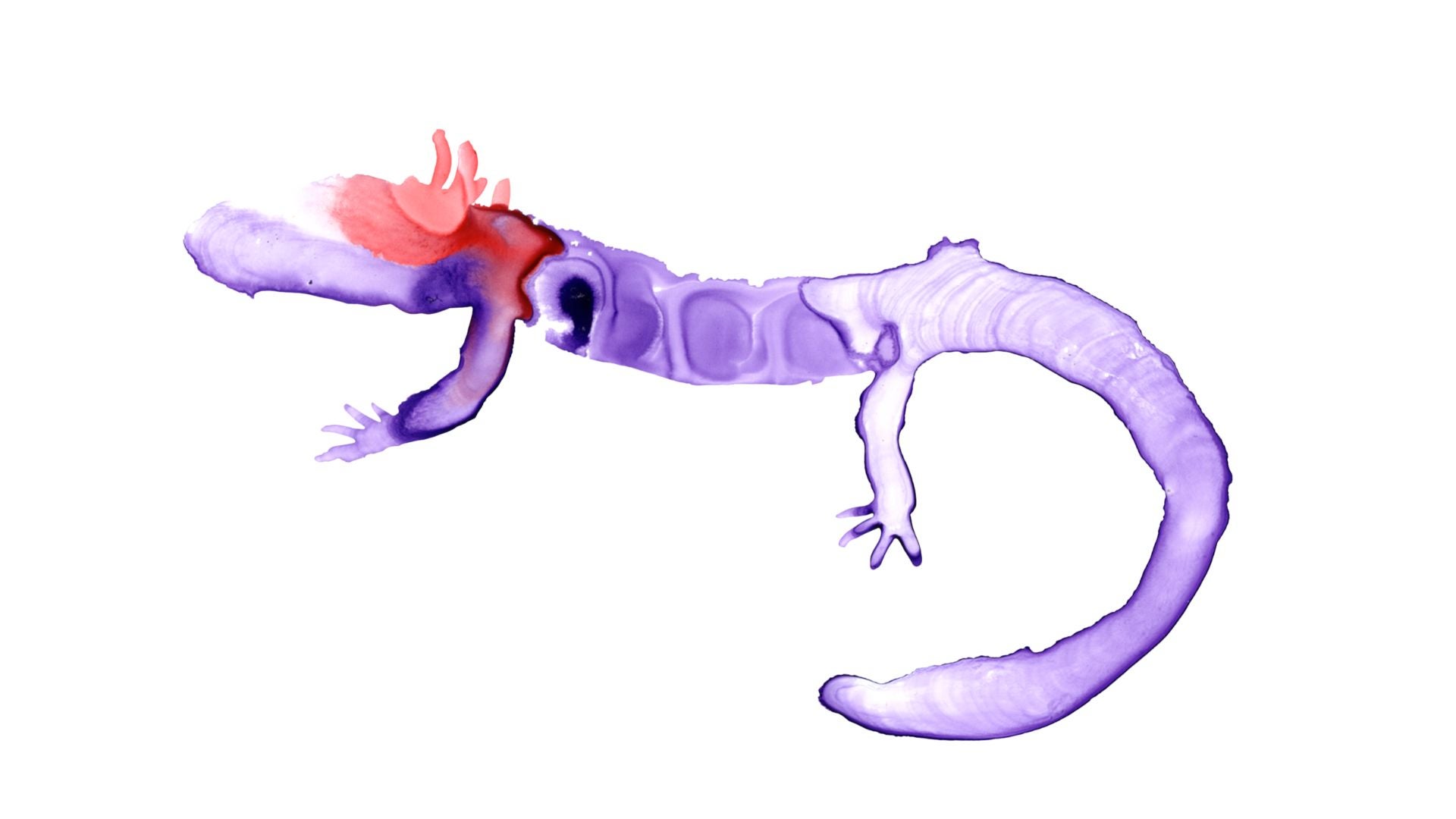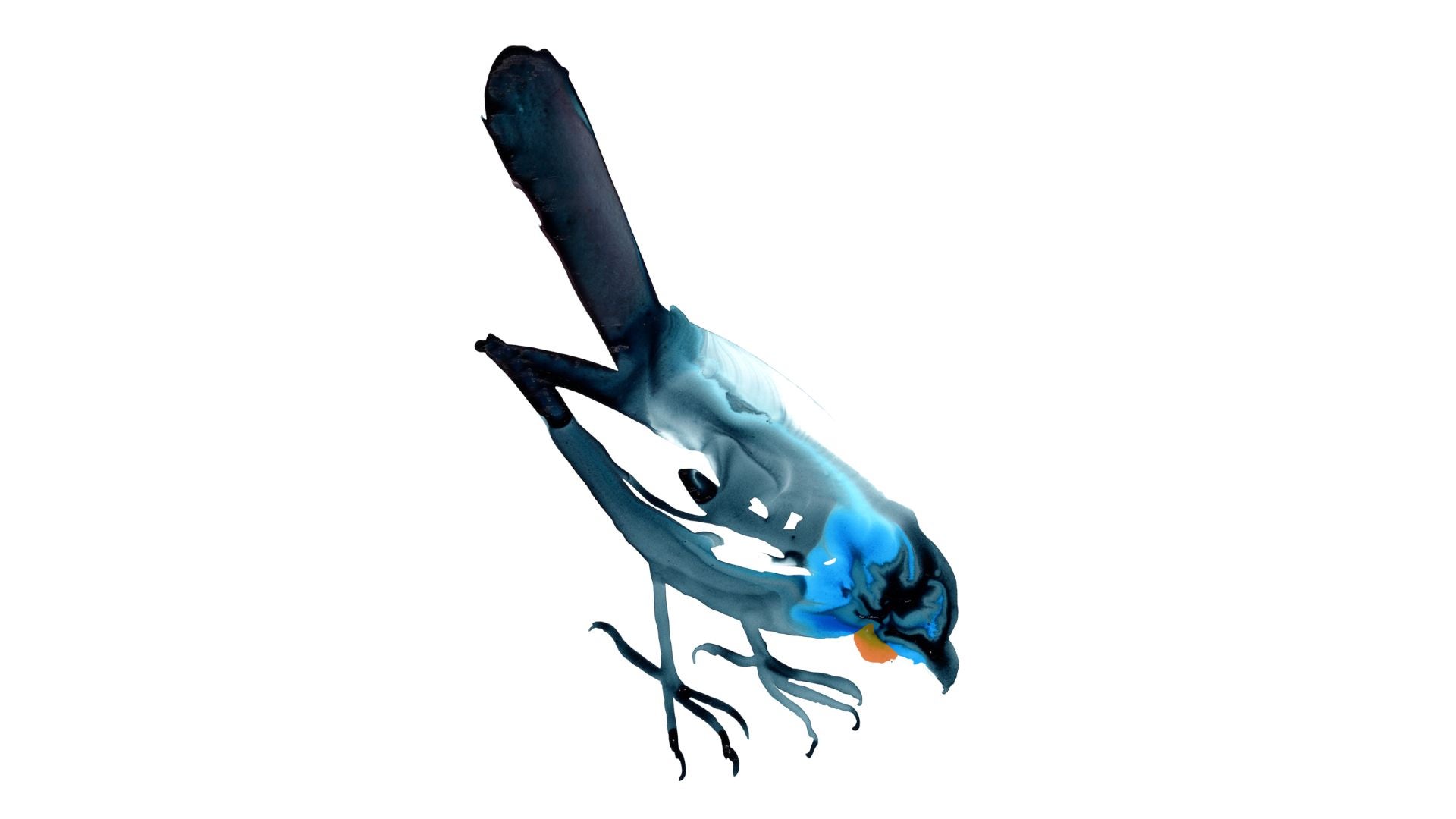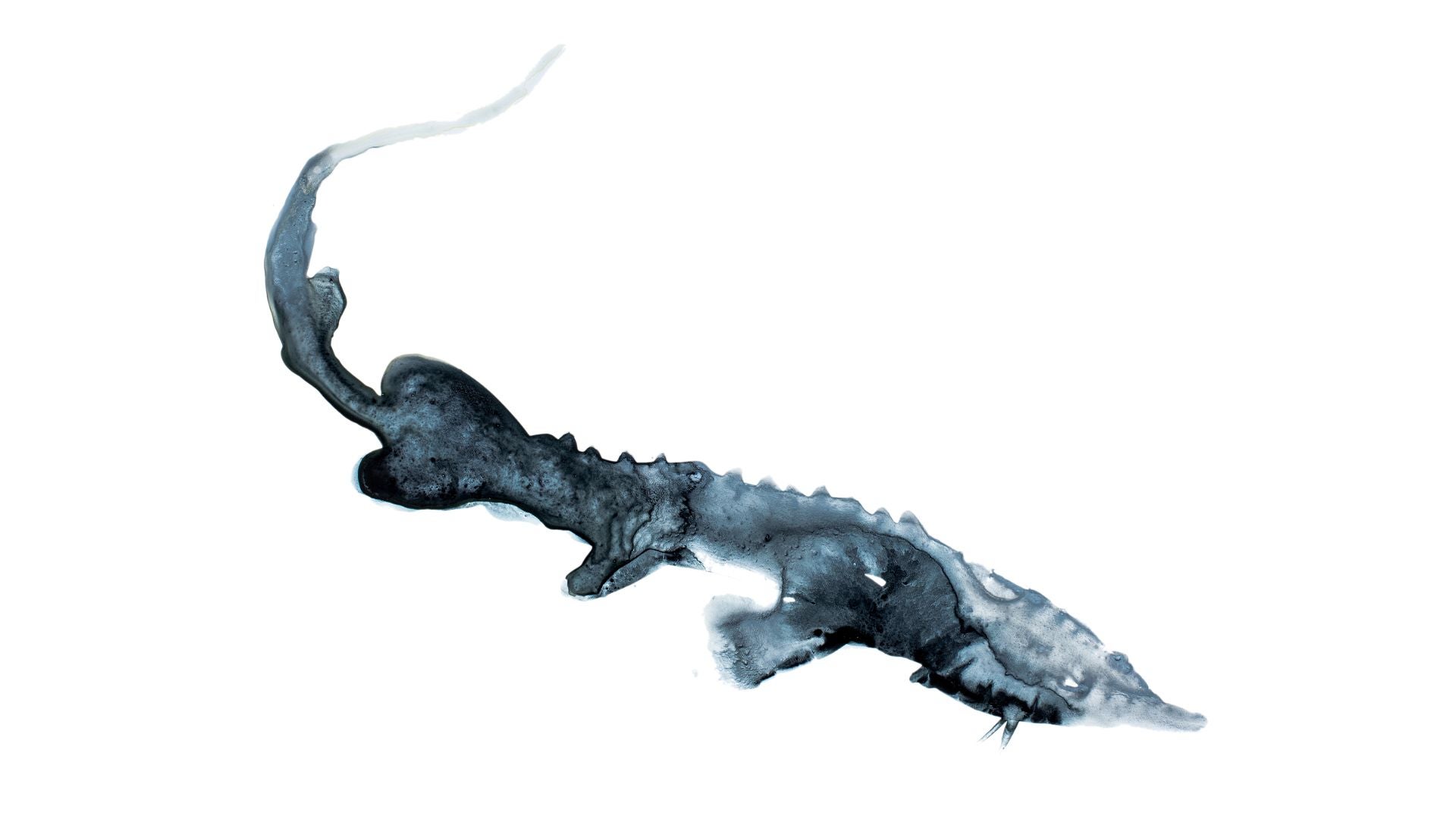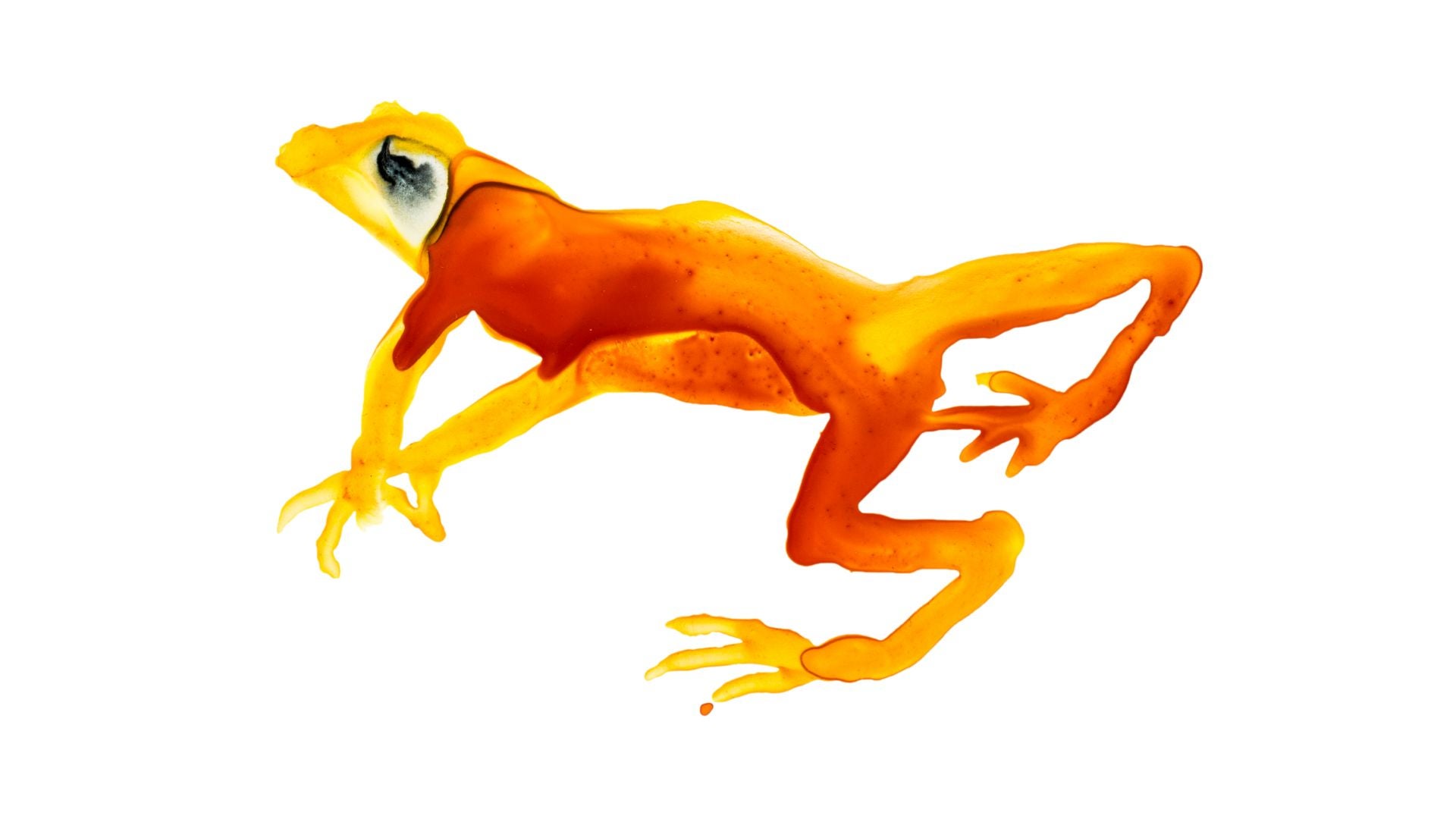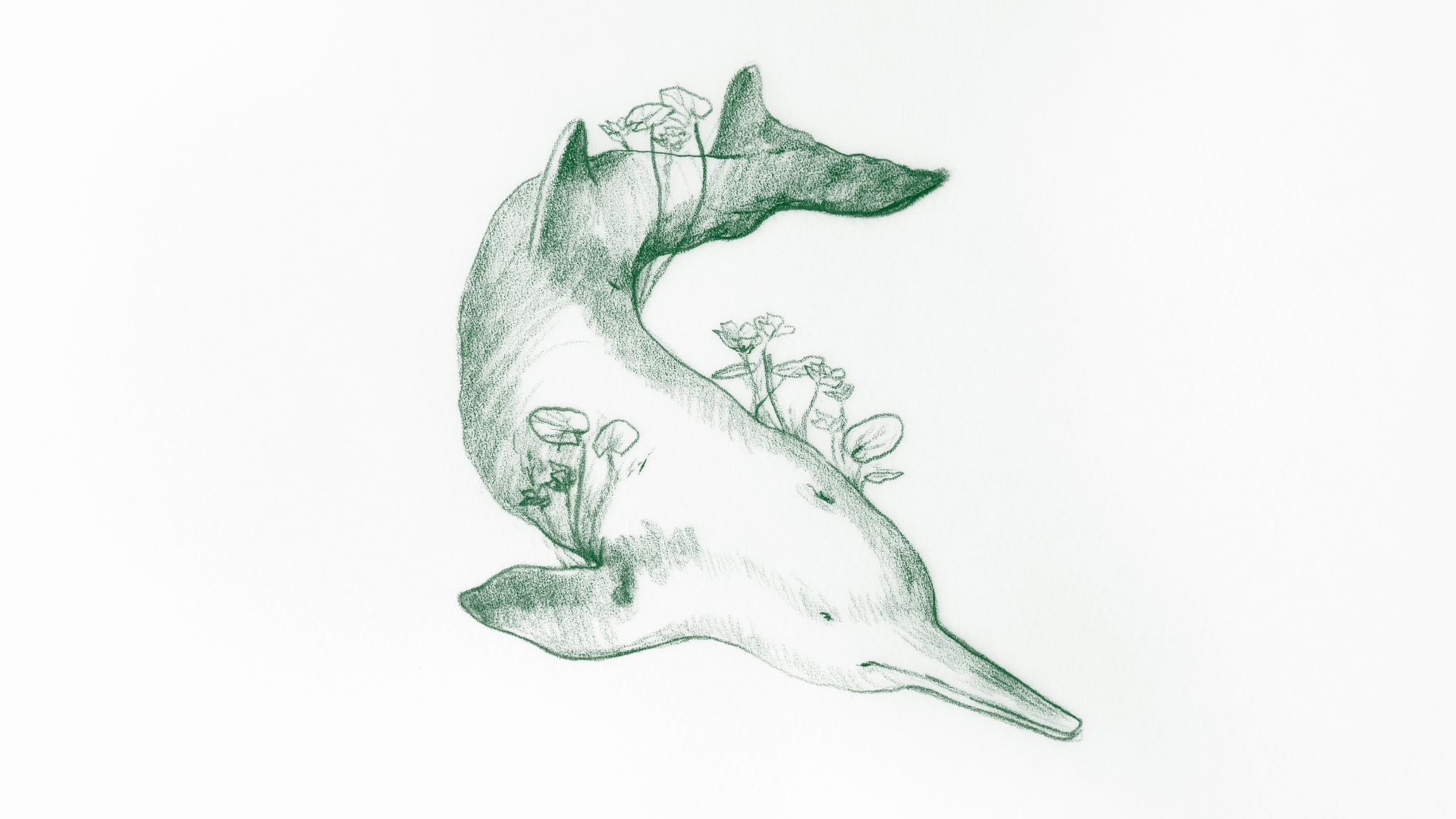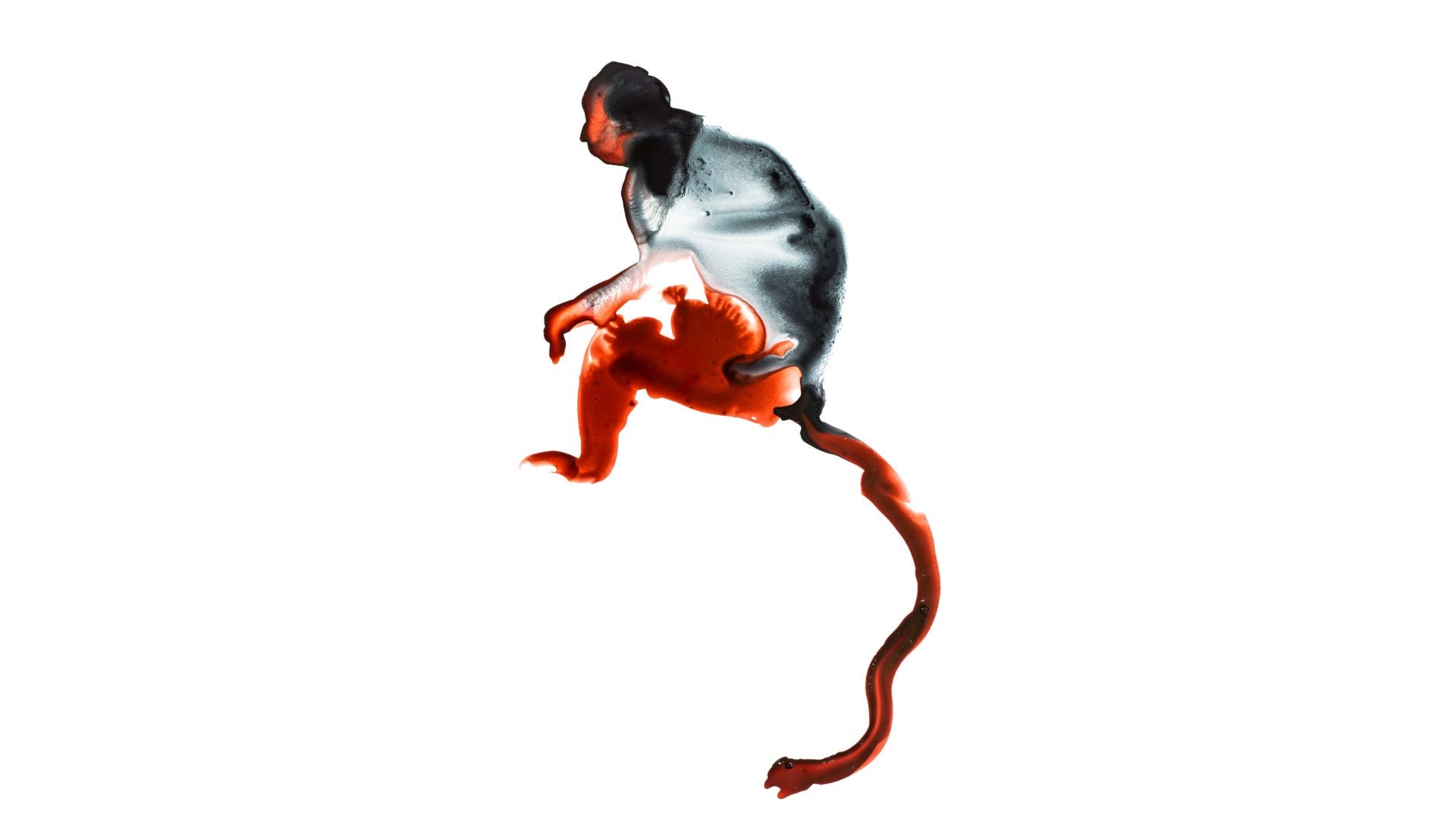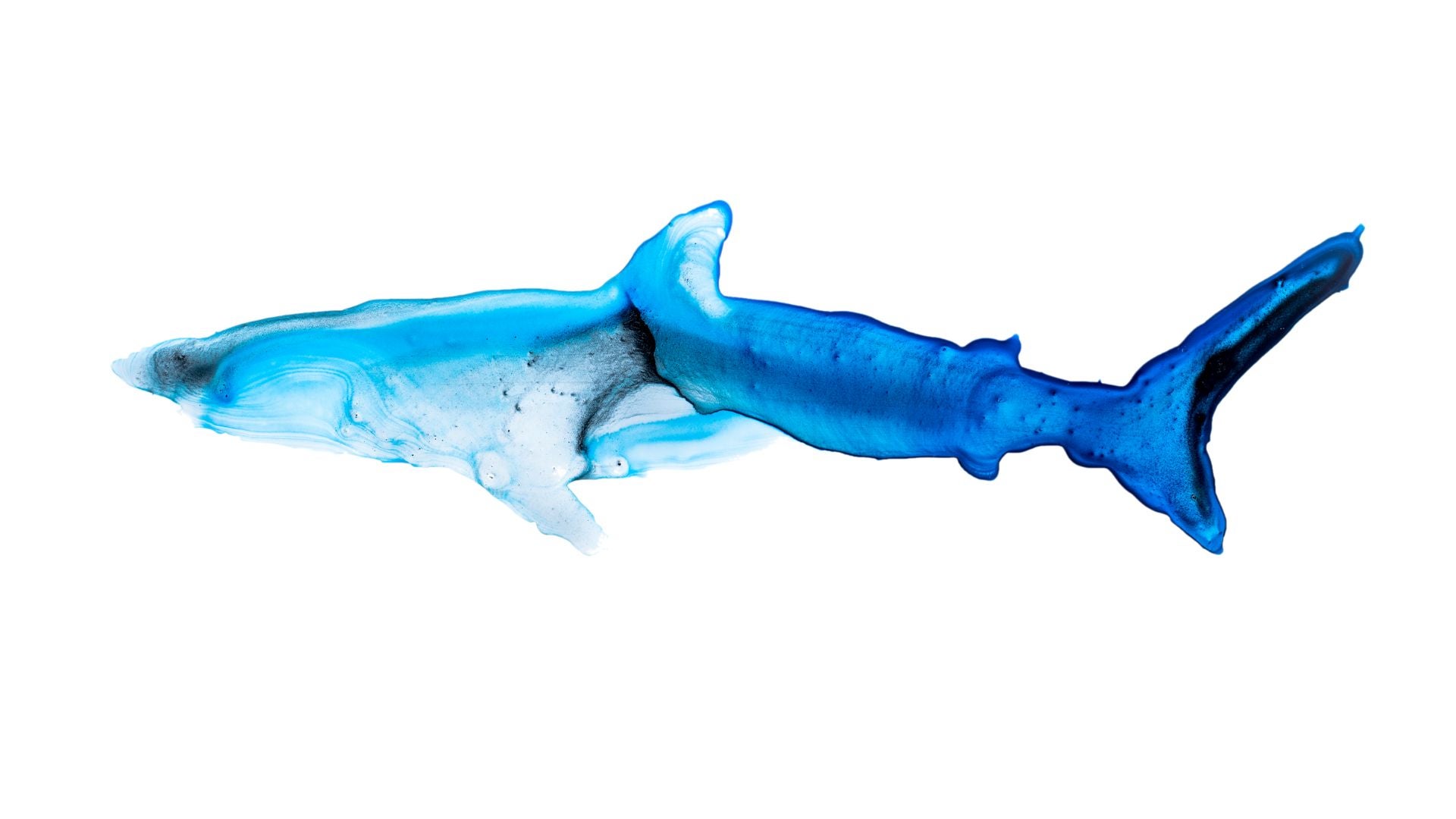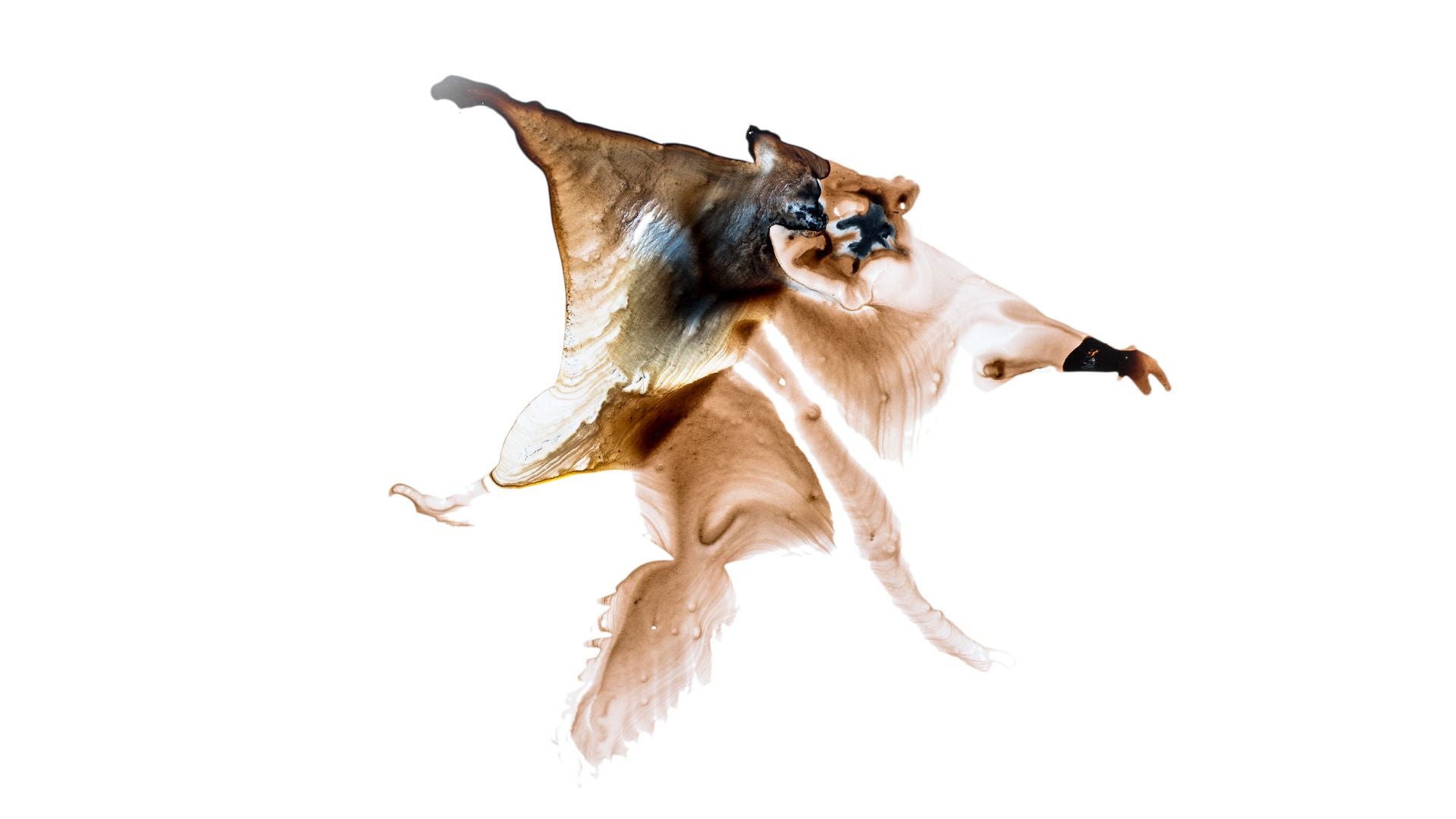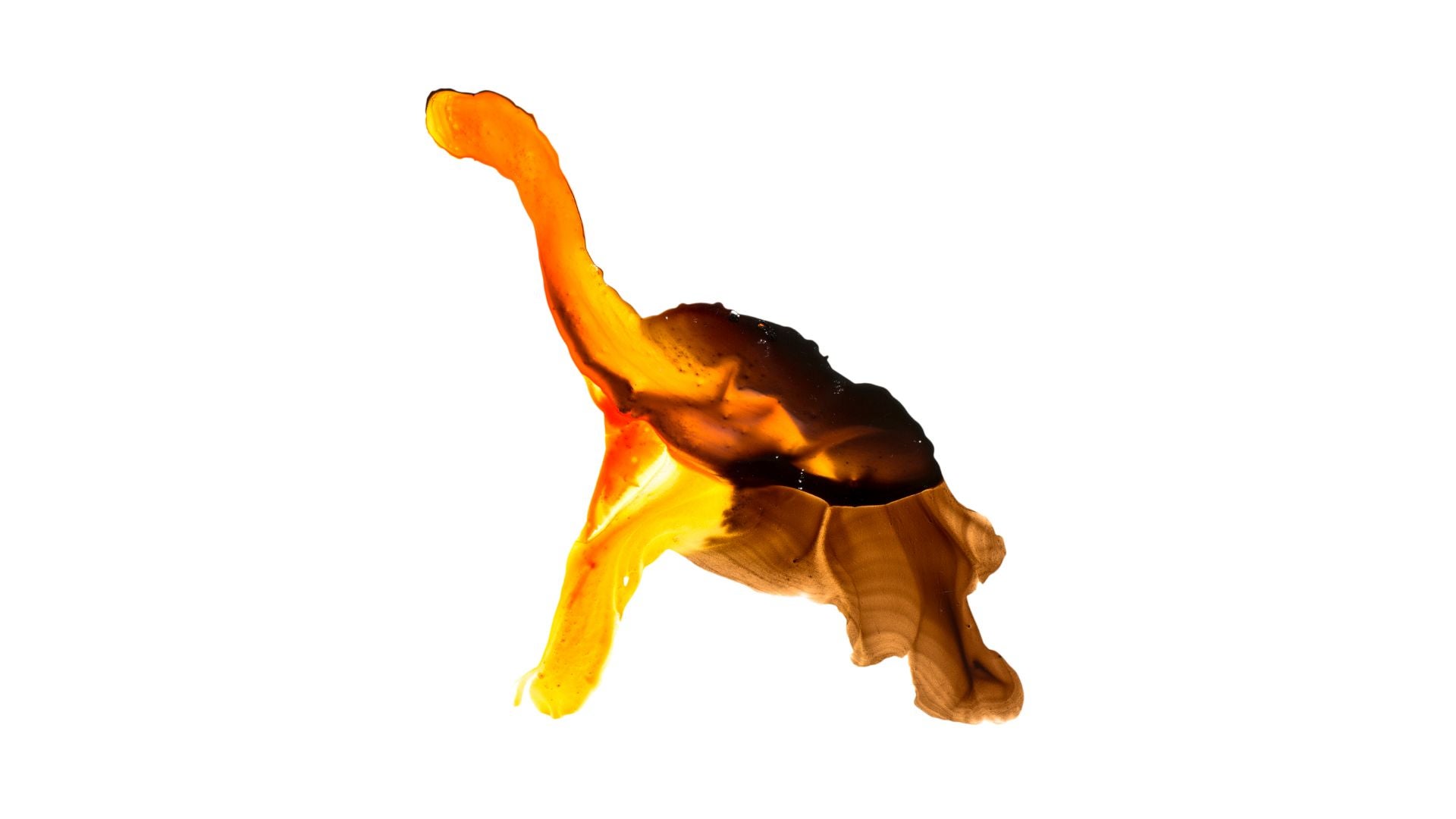Lost Species
The Search for Lost Species is all about discovering plants, animals, and fungi that have been lost to science for at least 10 years—sometimes hundreds. But, all is not lost. We can protect and restore our planet.
Support the SearchLet's find something wild.
All around the world, across habitats, across taxa and for all kinds of reasons, once-discovered species have fallen off our radar. These lost species are animals or plants that have gone unseen for years or decades and are feared possibly extinct.
In order to save these species, we first need to find them.
By the Numbers
From the dark depths of the ocean to freshwater rivers, from lush tropical jungles to remote deserts, the Search for Lost Species spans some of the most remote and uncharted wild places on Earth. We are searching for more than 4,300 lost species across nearly 200 countries.
4,300+
lost species waiting to be found
40%
lost species disappeared since 1970
200
countries where lost species remain
100+
IUCN experts guiding the search
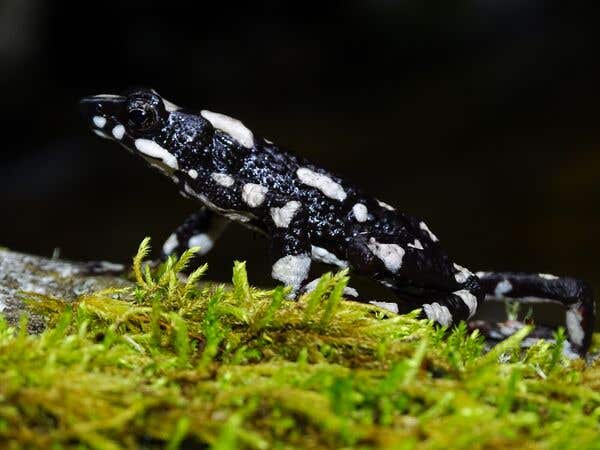
What is a Lost Species?
Explore Our FAQ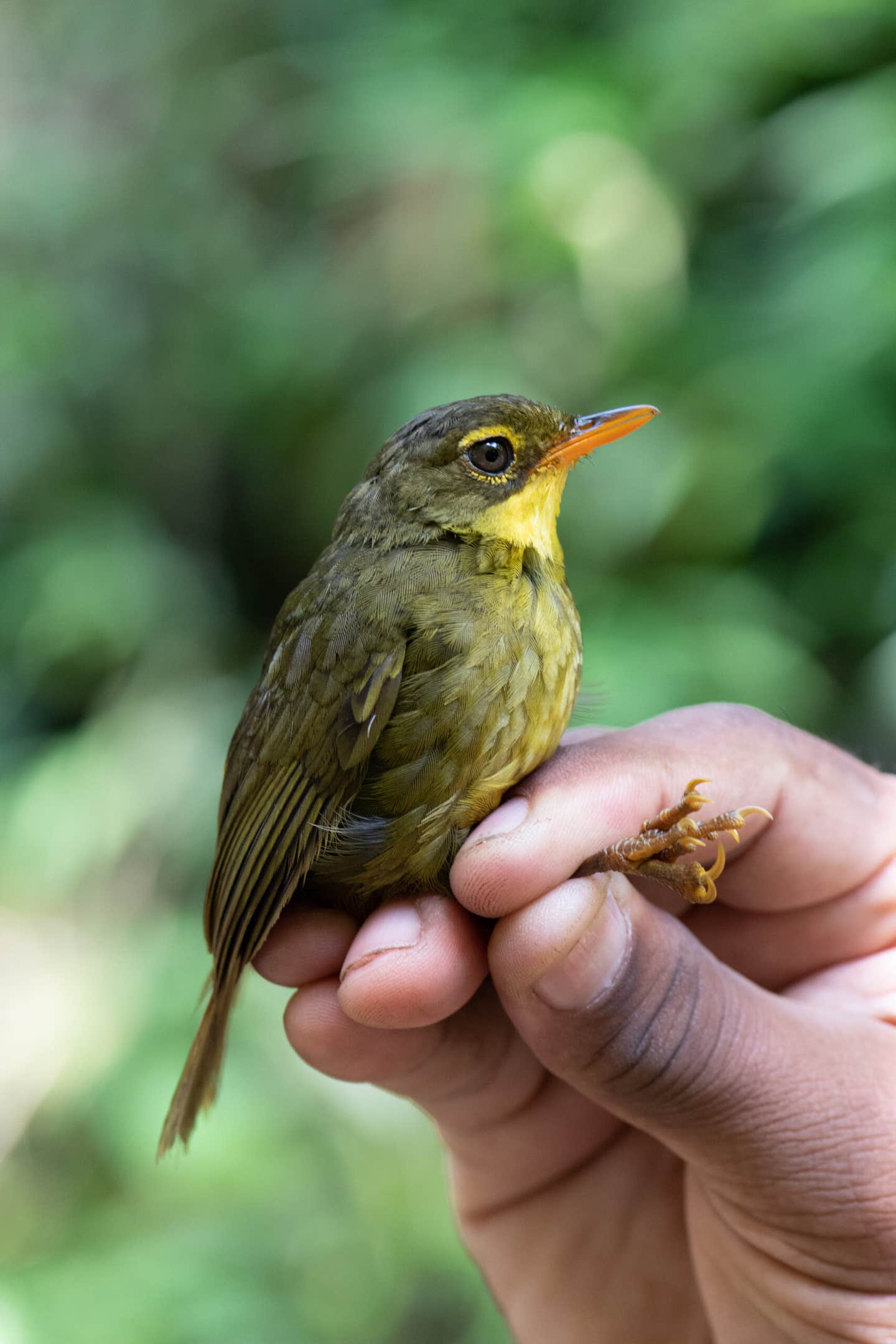
Re:wild’s Most Wanted
Uncover the Most Wanted Species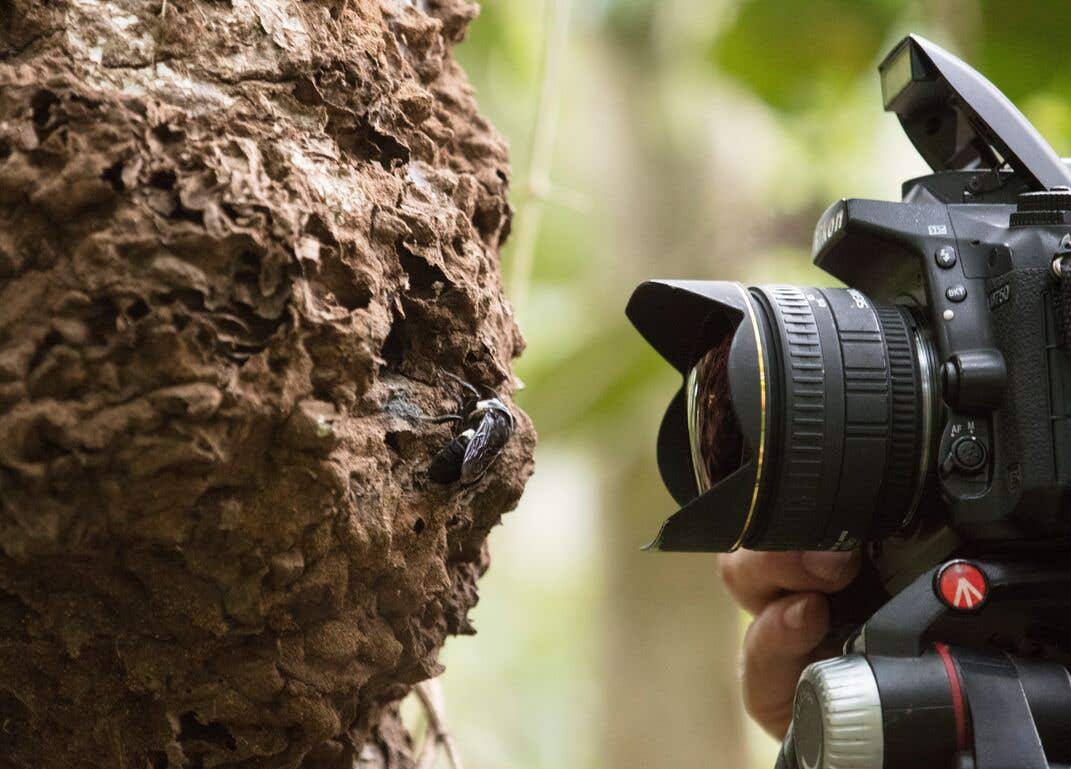
From Lost to Found
Explore Found Species

Join the Search
Log Your Sightings
Use iNaturalist to document wildlife encounters—your observation could be the key to rediscovering a lost species.
Support Expeditions
Fund scientific fieldwork and research teams working to rediscover lost species across the globe.
Protect Wild Places
Back initiatives that safeguard habitats, ensuring species have a chance to survive once they’re found.
Share Their Stories
Spread the word on social media and within your community to build awareness and inspire conservation action.
Bringing Lost Species to Life Through Art
Losing a species is akin to losing a beautiful, irreplaceable, priceless work of art. Meet renowned artists who have been inspired to create lost species artwork for the campaign.
Lost Species Lists
Explore the top ten in each group and learn more about where our search is focused.
